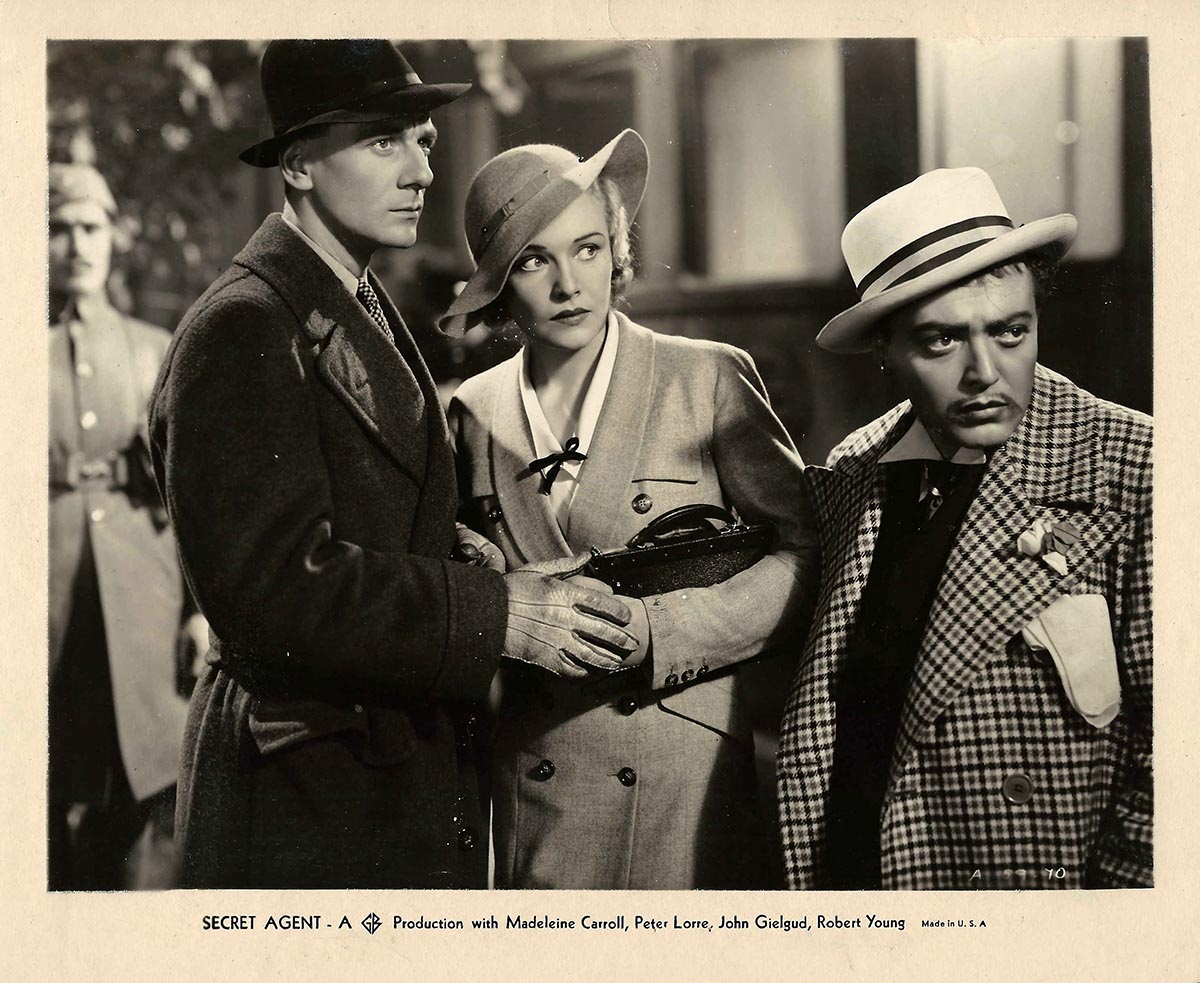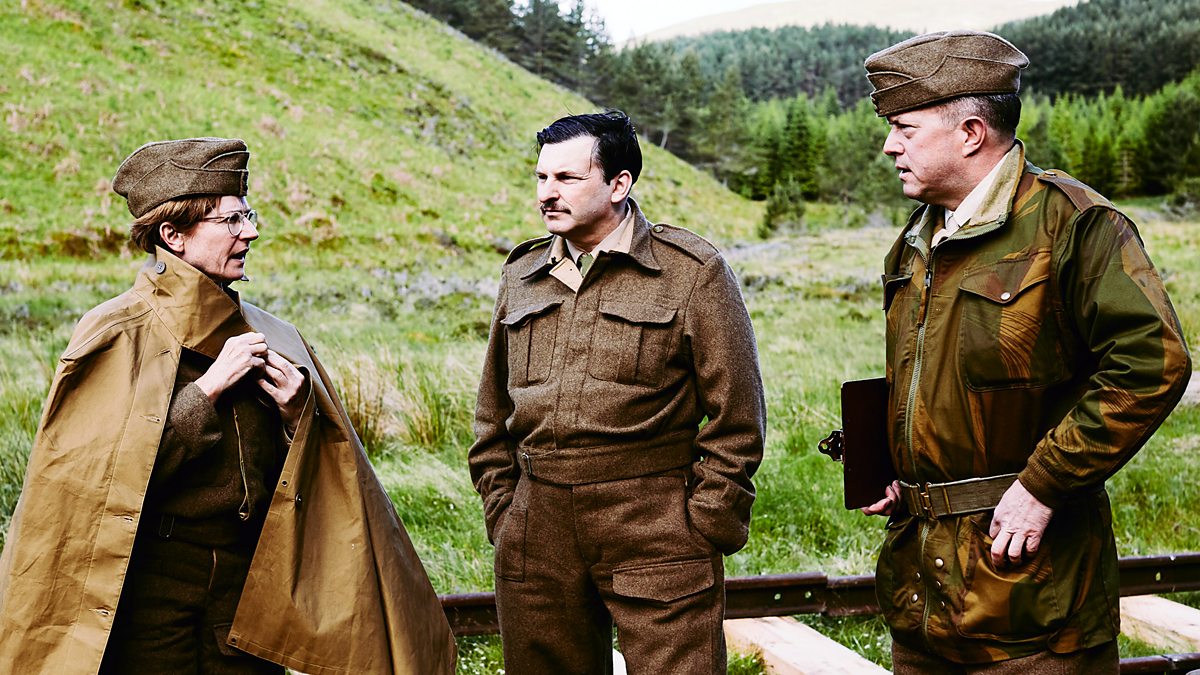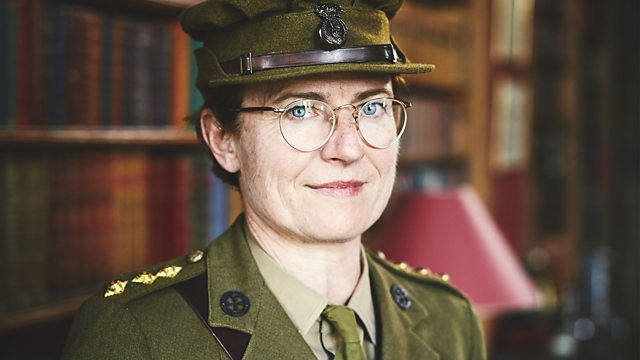


He chose General William “Wild Bill” Donovan to be the leader of the Office of the Coordinator of Information (COI) established on July 11, 1941. It was not ideal.īy the start of World War II, President Roosevelt realized the need for some sort of coordination for the gathering of intelligence. This was the arrangement with which the United States muddled through the First World War. In addition, the Federal Bureau of Investigation (FBI), founded in 1909, became involved in counterespionage. In fact, these departments were often in fierce competition with each other. By the beginning of the twentieth century, the United States had a handful of departments within the Navy, the Army, and the State Department that gathered intelligence but there was no coordination among these departments. Unfortunately, many of these spies were brave amateurs who were caught. George Washington understood the need for intelligence and had spy networks. Photo courtesy of the National Archives, Identifier 540066.Īmerica employed spies dating back to the American War of Independence.

Area T, Harrington Airdrome, England, circa 1944. Wild Bill Donovan and his boys and girls were hell on the Nazis regardless of the crazy weaponry they wielded.Top image: Jedburghs in front of B-24 just before night takeoff. OSS weapons clearly showed no lack of imagination, even though they might show a lack of overall usefulness. The early world of international spies was a fascinating one. Sure, you can get the arrow in them silently, but it might not stop the guy who caught the bolt from screaming about it. Most notably, the weapon wasn’t entirely effective at taking down threats silently, despite its quiet operation. However, testing proved the design had significant shortcomings. The design was compact, with a folding stock, and was designed for close-range, silent eliminations of enemy fighters. Not only is the William Tell audibly sneaky, but it also lacked a flash associated with a firearm. The William Tell was reportedly the quietest weapon in the OSS armory. This odd combination of a crossbow and slingshot resulted in a very compact and silent weapon. You might also say the William Tell was a sort of slingshot that used a rubber harness instead of a traditional pair of upright arms and rubber line. While technically a bow, it wasn’t just any bow The William Tell was a very modern, incredibly quiet crossbow… of sorts. One of our OSS Weapons was named in his honor, and honestly, for a good reason. Remember the story of Wiliam Tell? The archer who shot an apple off his son’s head? It’s a bit of folklore that’s fascinating and has roots that date all the way back to the British bowmen. It doesn’t seem the SAC-46 made it past the prototype stage. Assembly may have been easy, but reloading was a strenuous effort that required taking the weapon completely apart. If need be, they could use a single portion of the barrel at the expense of range and accuracy. Users had to load the cartridge and dart into the gun, and then attach the two 16 inch sections of barrel. The weapon was also designed to be assembled quickly and easily–something spies always appreciate.

It propelled a dart roughly a hundred feet with a good degree of accuracy. The design was nutty but it was rather efficient. The poison dart would strike the enemy in silence, deliver a lethal dose of poison, and allow the operator to disappear into the shadows.


 0 kommentar(er)
0 kommentar(er)
